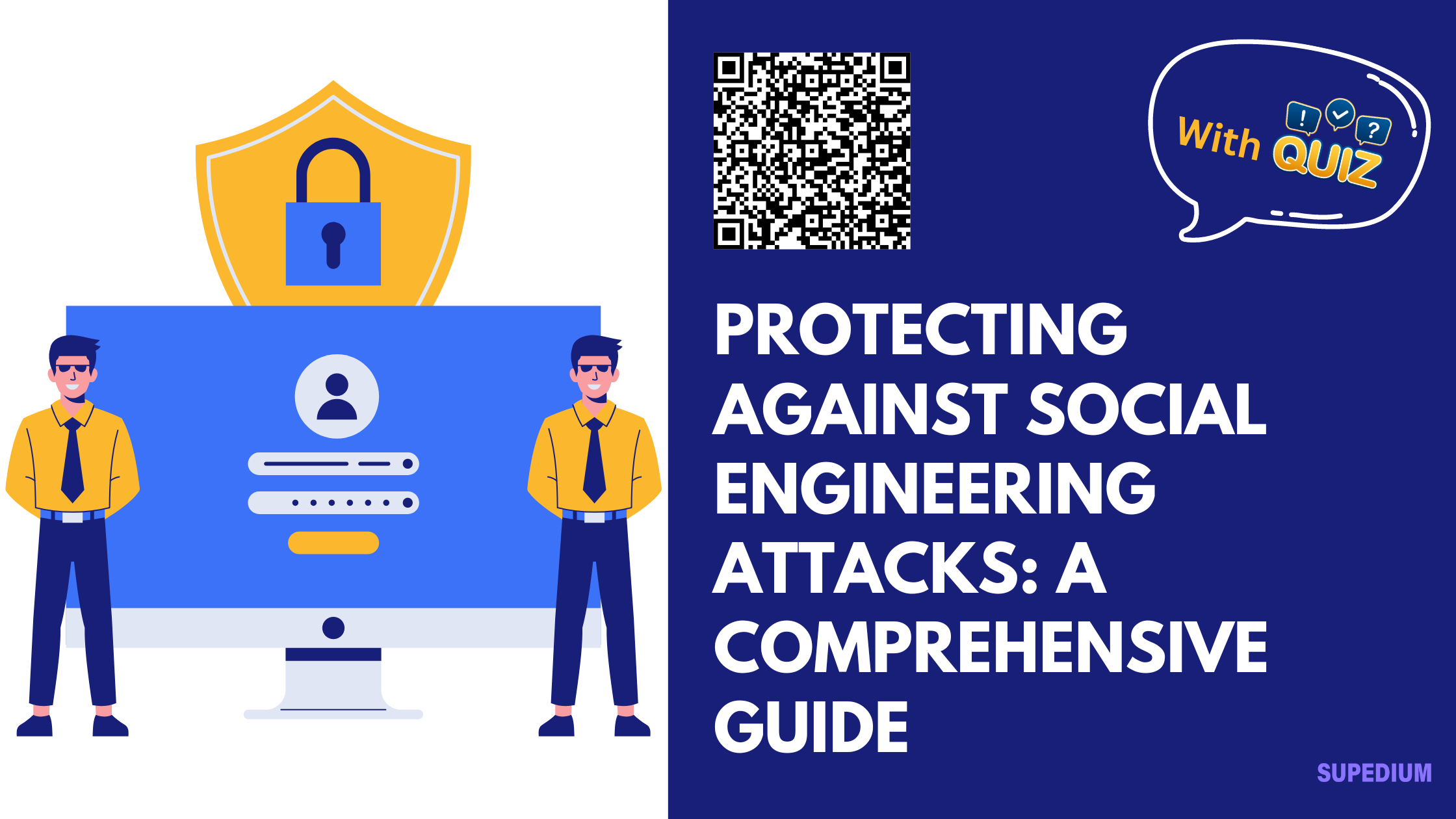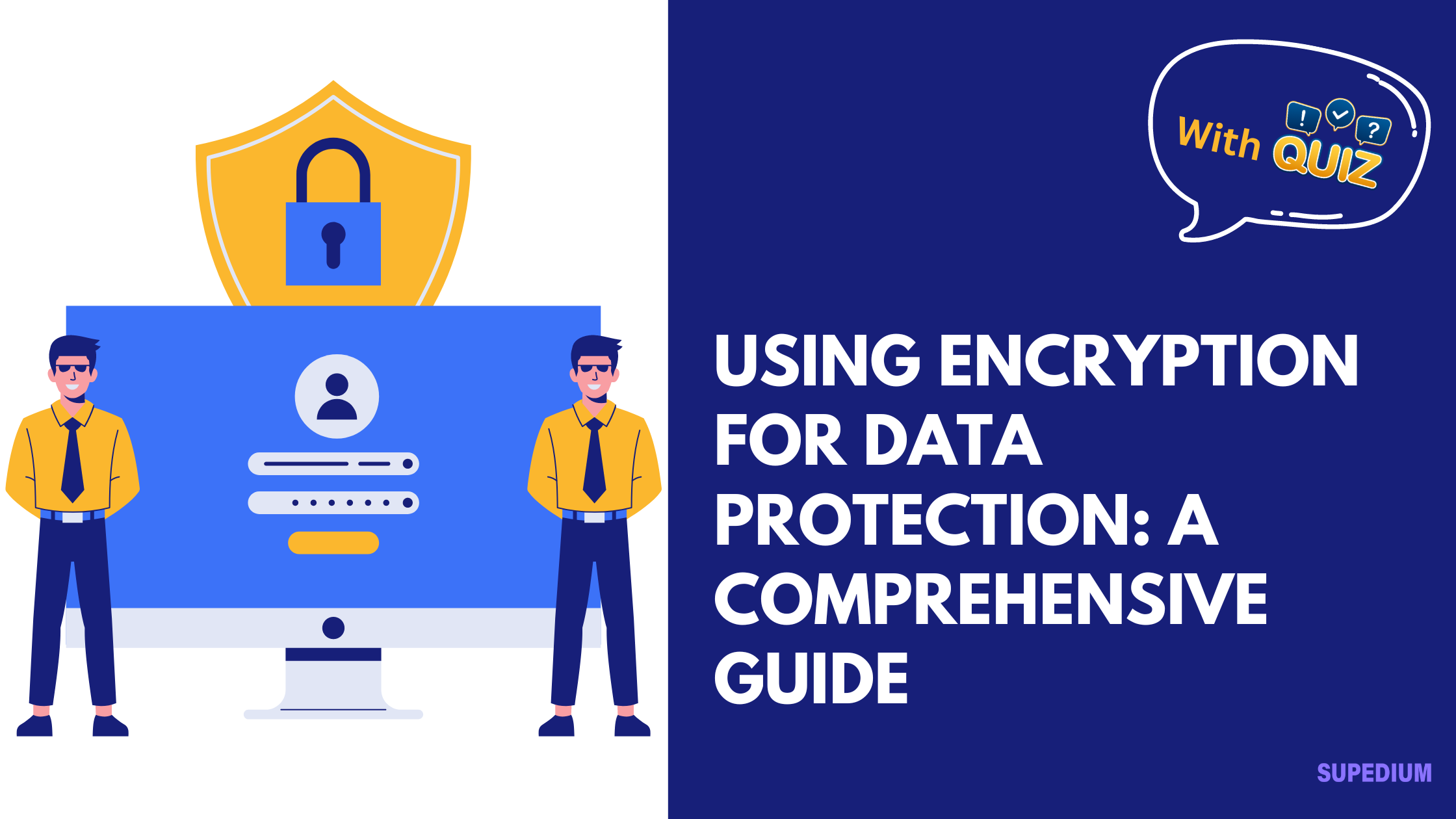Table of Contents
![]()
Social engineering attacks exploit human psychology rather than technological vulnerabilities to gain unauthorized access to information or systems. As these attacks become increasingly sophisticated, understanding how to recognize and protect against them is crucial for both individuals and organizations. This article delves into the nature of social engineering, outlines common attack methods, and offers strategies for safeguarding against these threats.
Introduction to Social Engineering
Social engineering involves manipulating individuals into divulging confidential information or performing actions that compromise security. Unlike technical attacks that exploit software vulnerabilities, social engineering preys on human trust and behavioral patterns. The impact of such attacks can be severe, ranging from financial losses to reputational damage. High-profile examples, such as the recent impersonation of executives to authorize fraudulent transactions, highlight the pressing need for awareness and preventive measures.
Types of Social Engineering Attacks
Phishing is one of the most common social engineering techniques, where attackers use deceptive emails to trick recipients into revealing personal information or downloading malware. Phishing comes in several forms:
- Email Phishing: Generic emails sent to many recipients, often containing links to fake websites.
- Spear Phishing: Targeted emails crafted to appear as though they come from a trusted source, often personalized with specific details about the recipient.
- Whaling: A type of spear phishing aimed at high-level executives or key personnel, often involving more elaborate and convincing schemes.
Pretexting involves creating a fabricated scenario to obtain information. Attackers might pose as officials or trusted entities, convincing individuals to share confidential data under the guise of a legitimate request.
Baiting uses physical or digital lures to entice victims into compromising their security. For instance, attackers might leave infected USB drives in public places, hoping someone will plug them into a computer, thereby installing malware.
Tailgating refers to the physical act of gaining access to secure areas by following authorized personnel. This can occur in office settings where an attacker gains entry by blending in with employees.
Recognizing Social Engineering Attacks
To defend against social engineering, recognizing warning signs is essential:
- Unusual Requests: Requests for confidential information or actions that deviate from standard procedures should be scrutinized.
- Pressure Tactics: Attempts to create a sense of urgency or pressure for immediate action are common indicators of social engineering.
- Suspicious Sources: Communications from unverified or unfamiliar sources, especially those requesting sensitive information, should be treated with caution.
Understanding common tactics used in social engineering can further aid in detection:
- Impersonation: Attackers may pose as trusted figures, such as company executives or IT personnel.
- Psychological Manipulation: Exploiting emotions such as fear or urgency to compel individuals to act quickly.
- Exploiting Trust: Using established relationships or inside knowledge to gain credibility and access.
Protecting Yourself and Your Organization
Personal Protection Strategies:
- Verify Identities: Always confirm the identity of anyone requesting sensitive information or access. Use known contact details rather than those provided in the communication.
- Avoid Oversharing: Limit the amount of personal information shared online and ensure it does not provide clues that could be used in an attack.
- Training: Regularly participate in training to recognize and respond to phishing and other social engineering attempts.
Organizational Protection Strategies:
- Security Policies: Develop and enforce policies that govern the handling of sensitive information and access requests.
- Employee Training: Conduct regular training sessions to raise awareness about social engineering and reinforce secure practices.
- Technical Solutions: Implement email filtering, multi-factor authentication, and other security measures to reduce the risk of successful attacks.
Incident Response:
- Report Suspicious Activity: Encourage employees to report any suspicious communications or incidents immediately.
- Response Steps: Develop and follow a clear procedure for addressing and mitigating the effects of a social engineering attack.
- Recovery: Implement measures to recover from incidents, including assessing and strengthening security protocols to prevent future occurrences.
Best Practices for Individuals
Safe Communication Practices:
- Verify Requests: Use independent methods to verify the authenticity of requests for confidential information.
- Secure Handling: Ensure that sensitive data is handled securely and shared only through secure channels.
Personal Digital Hygiene:
- Update Passwords: Regularly change passwords and use strong, unique passwords for different accounts.
- Secure Connections: Utilize VPNs and other security measures when accessing sensitive information over the internet.
Staying Informed:
- Stay Updated: Keep abreast of current social engineering threats and trends through security news and updates.
- Participate in Training: Engage in ongoing educational opportunities to stay informed about emerging threats and best practices.
Best Practices for Organizations
Employee Training and Awareness:
- Regular Sessions: Hold frequent training sessions to educate employees about the latest social engineering techniques and prevention strategies.
- Simulated Attacks: Conduct simulated phishing tests and other exercises to assess and improve employee responses to social engineering attempts.
Policy Development:
- Clear Protocols: Establish and communicate clear protocols for handling sensitive information and responding to suspicious requests.
- Incident Response Plans: Develop and regularly update incident response plans to address potential social engineering attacks effectively.
Technology and Tools:
- Filtering Solutions: Implement robust email and web filtering solutions to detect and block malicious communications.
- Identity Management: Use identity and access management systems to ensure only authorized individuals have access to critical systems and data.
- Security Audits: Regularly perform security audits to identify vulnerabilities and ensure compliance with security policies.
Case Studies and Real-World Examples
Notable Attacks:
- Case Study 1: A detailed examination of a major phishing attack that targeted a financial institution, including the attack method, impact, and lessons learned.
- Case Study 2: An analysis of a pretexting attack involving a large corporation, highlighting the tactics used and the effectiveness of the response.
Emerging Threats:
- Evolving Techniques: Discuss new and evolving social engineering tactics and their implications for security practices.
- Future Trends: Explore anticipated trends in social engineering and how organizations and individuals can prepare for them.
Conclusion
Understanding and protecting against social engineering attacks is a critical component of modern security strategies. By recognizing common attack methods, implementing effective protective measures, and staying informed about emerging threats, individuals and organizations can significantly reduce their risk of falling victim to these deceptive tactics. Continuous vigilance and education are key to safeguarding against social engineering and maintaining robust security in an increasingly complex threat landscape.






Be the first to comment